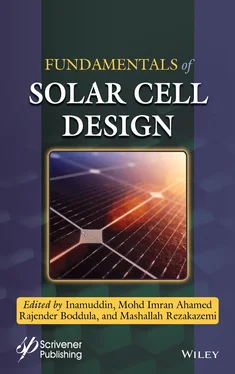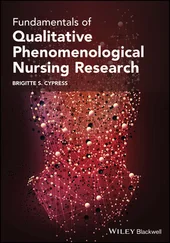1 ...8 9 10 12 13 14 ...28 Andrew Wadsworth et al. [22] synthesized two non-fullerene A-D-A– type small-molecule acceptors with contiguously fused rings (Donor) with attached BTD andrhodanine (O-IDTBR) or dicyanovinylelene (O-IDTBCN)groups ( Figure 1.25) on both sides, to understand the role of end groups in tuning the organic solar cell photo voltaic parameters. Deeper lying energy levels are observed for O-IDTBCN carrying strong electron withdrawing dicyano vinylelene group. PTB7-Th low band gap polymer was employed as donor in solar cell fabrications. Overlay of absorption spectra of O-IDTBR, O-IDTBCN and PTB7-Th indicates that a coverage of 400- to 850-nm region. PTB7-Th blended with O-IDTBR or O-IDTBCN were used for the fabrication of inverted OBHJS Cells with an architecture: ITO/ZnO/PTB7-Th+O-IDTBR or O-IDTBCN/MoO 3/Ag. PCE recorded were found to be 9.5% for O-IDTBR and 10.5% for O-IDTBCN, furthermore other photo voltaic parameters were also improved.
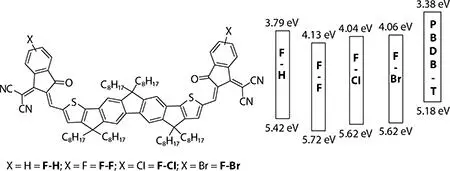
Figure 1.24 Halo-dicyanoindacenyl derivatives.
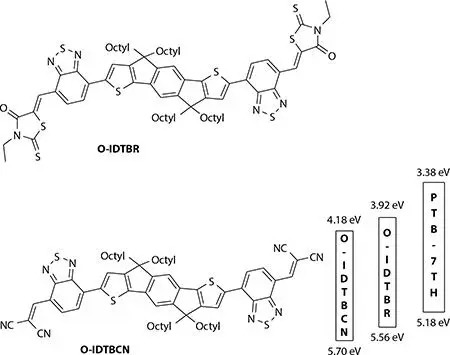
Figure 1.25 Contiguously fused five rings having attached BTD and rhodanine or dicyanovinylelene groups.
Improved charge separation and collection in [PTB7-Th + O-IDTBCN] blend was explained based on the average charge carrier mobility and lifetime data generated.
Jianfei Qu et al. designed [23] A-D-A–type non-fullerene small-molecule acceptors, ITIC-2Br-γ and ITIC-2Br- m ( Figure 1.26), attached with bromine on either side of dicyano-indocinyl group. ITIC-2Br-γ has bromine attached at specific position on the dicyano-indocene whereas the position of bromine attached in ITIC-2Br- m is not specified. ITIC-2Br-γ displayed higher absorption property compared to other bromo compound ITIC-2Br- m. Solid state crystal structure of ITIC-2Br-γ revealed that it induced stronger π-π interactions due to “O” -- “S” and “Br” – “S” proximity. PBDB-T-2F polymer was used as donor with ITIC-2Br-γ or ITIC-2Br- m for making blend material to determine photo voltaic parameters by fabricating cell with inverted configuration: ITO/ZnO/ PBDB-T-2F:acceptor/MoO3/Ag. PBDB-T-2F donor polymer blend with ITIC-2Br-γ acceptor provided very good conversion efficiency like 12.05%. The other combination PBDB-T-2F with ITIC-2Br- m showed lesser conversion like 10.88%. Authors advocate that position of bromine attachment changes the molecular moment influencing film morphology leading to better conversion numbers, indeed which is a “supra-molecular chemistry” concept.
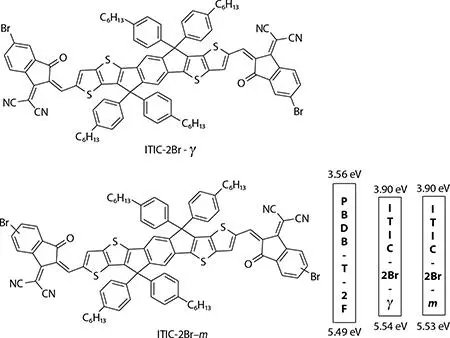
Figure 1.26 Fused seven membered ring with bromovinyldicyanoindenones.
1.7 Recent Research Advances in All Small-Molecule Acceptor and Donor Types
Polymers acting as electron donor materials are used in solar cell fabrications. Indeed, the above section is completely on the same subject. In fact, these polymer donor materials are doing fine for BHJOSCs and the solar cell efficiency reached over 17%. Compared to polymers, smallmolecule donors and acceptors have some definitive advantages or unique merits like: clarity in chemical structure, defined molecular weight, easy purification of small molecule, excellent batch to batch repeatability, easy to synthesize them, low cost preparation, tunable optical, thermal and electrochemical properties, and solubility character to an extent to control the film morphology, as well to establish role of chemical structure in solar cell device performance. These merits made many researchers to work on the functioning of all small-molecule BHJ organic solar cells. Present scenario reveals that all small-molecule BHJOSCs performed very well to show over 14% efficiency. The present part describes the achievements and progress associated with the all small-molecule BHJOSCs.
Liyan Yang et al. reported a combination of non-fullerene wide band gap donor (DRTB-T) and non-fullerene low band gap acceptor (IC-C6IDT-IC) as shown in Figure 1.27, leading to a PCE of 9.08% [24]. Wide band gap donor DRTB-T was designed and synthesized, and material properties were evaluated. Absorption spectrum of donor DRTB-T and acceptor IC-C61DT-IC indicated their complementarity with a coverage of ~90% of the solar spectrum in the region of 300 to 900 nm. Solar cell device fabricated structure was: ITO/MoO3/DRTB-T:IC-C6IDT-IC/Al. Solar cell structure was optimized in terms of it thickness, film morphology, donor/acceptor ratio, and other aspects to get better efficiency. Indeed, it was reported 9.08% PCE with Voc of 0.98V, Jsc of 14.25 mA, and FF of 65%. Authors claim that the efficiency produced is the highest ever reported in non-fullerene all small-molecule solar cells.

Figure 1.27 Trimeric BDT linked rhodanine.
Ruimin Zhou et al. reported the synthesis of DTBDT based three small molecules [25] for the purpose of using them for all small BHJOSCs (ASM-OSC), where ZR1 acts as donor and IDIC-4Cl Y6 acts as an acceptor ( Figure 1.28). Overlay of absorption spectra of donor and acceptors reveal that it encompasses 400- to 950-nm region, providing a big light absorption window. ITO/PEDOT-PSS/ZR1 + IDIC-4Cl or Y6 blend/ Al was the device structure adopted for measuring the PV parameters. ZR1 + Y6 combination blend exhibited excellent PCE of 14.34%, and further, it was certified PCE of 14.1%. It was interesting to note that the fabricated ASM-OSC device with [ZR1 + Y6] showed a high Jsc of 24.34 mA/ cm 2. TEM and RSoXS data for [ZR1 + Y6] blend film forms a hierarchical morphology, which facilitates charge separate ratio and charge transport and hence the device exhibits over 14.34% efficiency. Authors found that the energy loss also got minimized in these devices due to better charge transport mechanism. EQEL measurements developed for these devices found to be at higher side and this higher EQEL number also indicates loss of energy may be of 0.24 eV. Present system provided a high PCE of 14.34%. All small-molecule BHJOSC further become highly functional with careful design to understand the morphology of the film and relations between small-molecule donor-acceptor interactions in forming the films.
Haiyan Chen et al. developed [26] two liquid crystalline small-molecule donors BTR and BTR-Cl. BTR-Cl was prepared by chlorination ( Figure 1.29) of core structure involving benzodithiophene attached with terthiophene and rhodanine end group. The chlorine was attached with thiophene moiety linked to central benzene ring. These new materials carrying alkyl chains acquires higher order liquid crystallinity and thereby providing a favorable film morphology leading to higher photo conversion efficiency of the given ASM-BHJOSC. BTR and BTR-Cl act as donor and Y6 as acceptor for fabrication of devices. The red shifted absorption in the film state, compared to the solution phase, is indicative of intermolecular interactions in the film state. Conventional device structure adopted was: ITO/ PEDOT-PSS/BTR or BTR-Cl + Y6 blend/Phen-NaDPO/Ag. The recorded efficiencies were 10.67% with Jsc 22.25 mA/cm 2for BTR and 13.6% with Jsc 24.17 mA/cm 2for BTR-Cl. The 13.6% efficiency was certified value also. The red shift in the absorption of film state, liquid crystalline property of the small molecules, charge mobilities coupled with GIWASX information indicates the formation of a very good thin film morphology, which leads to higher efficiency.
Читать дальше
